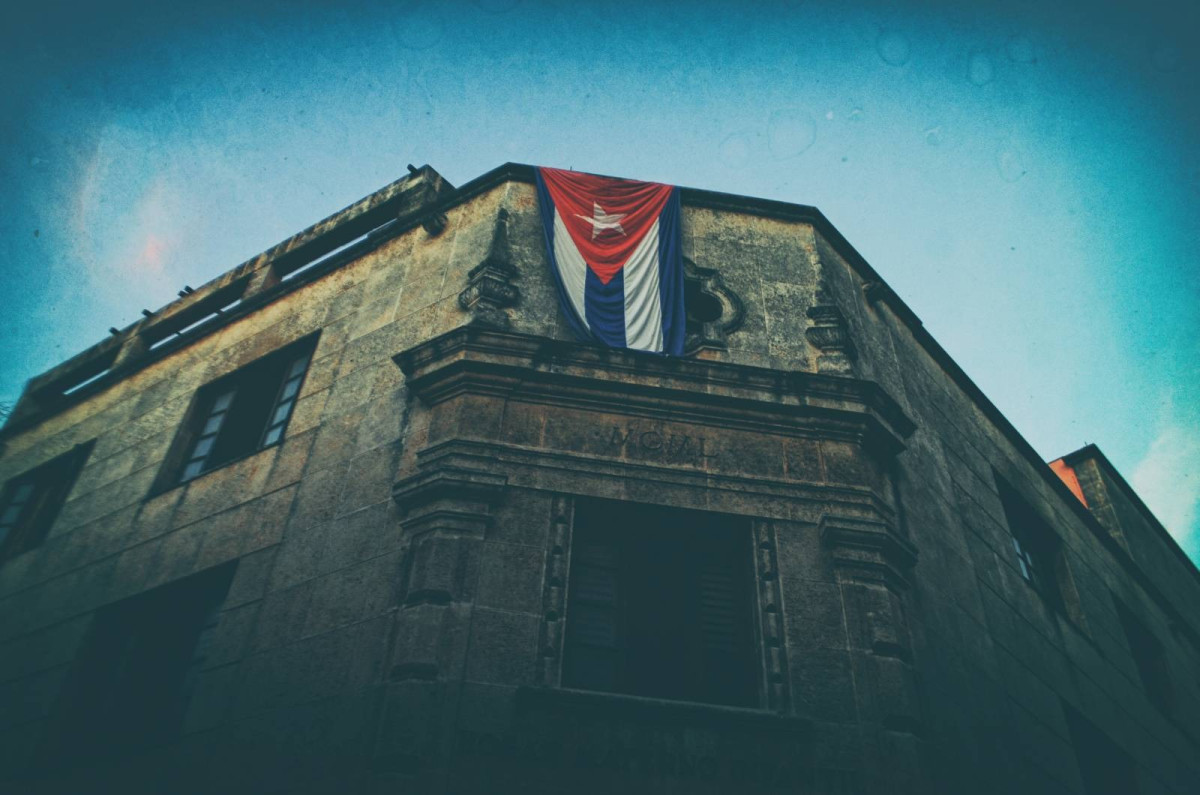The Right to Public Demonstration in Cuba during
Published: Jul 13, 2022 Reading time: 2 minutes Share: Share an articleSince the 1990s, Cuban society has been marked by a worsening of both food and its economy, where the protests carried out are the reflection of a large number of unresolved political and social dissatisfactions.

On July 11, a series of citizen demonstrations took place in at least a third of the country's provinces, being one of the most notable social protests since the Maleconazo in 1994. One difference with respect to its precedents is that the demonstrations of 11J were not concentrated in a single province, but thanks to social networks they were able to articulate and protest simultaneously throughout the country.
In Cuba, the right to protest is highly repressed by the government, which is why citizens are highly discouraged for fear of being imprisoned. This state repression has been expanding over time, even reaching the digital sphere, where virtual protest through social networks is also condemned.
Like any social phenomenon, the causes of the demonstration were multiple. On the one hand, the generalized dissatisfaction with the economic crisis and the inefficiency of the Executive Branch in resolving the problem of shortages of food and basic products. To this was added the restriction of dollar deposits in banks, the shortage of medicines, the increase of almost 500% in the price of public services, as well as the drastic increase in inflation.
The EYE on CUBA network is in charge of documenting human rights violations against civilians and people who carry out activism on the Island and has prepared its report "Right to public protest in Cuba during 2021".



